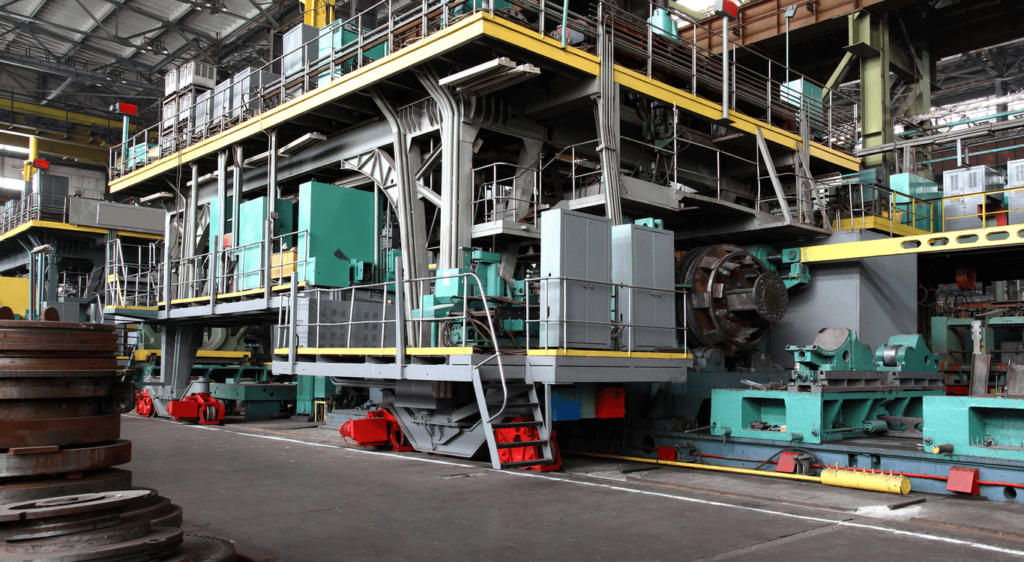4 EASY-TO-FOLLOW TIPS FOR RELOCATING YOUR PLANTS AND MACHINERY
Moving plants and machinery from one location to another can be a daunting task, especially if you have delicate equipment that requires special care. However, with careful planning and execution, you can relocate your plants and machinery without any stress or damage. Here are four easy-to-follow tips to make the process smoother:
1. Plan ahead and prepare Before you start moving your plants and machinery, take some time to plan the process. Create a detailed checklist of everything you need to do, including organizing logistics, preparing the equipment, and packing supplies. Ensure that you have enough manpower to help you move the equipment and that they have the necessary skills to handle the equipment safely.
2. Label and disassemble the machinery Before moving any machinery, label each component, and create a detailed inventory. This will help you keep track of each part and ensure that nothing gets lost or misplaced. Disassemble any machinery that can be taken apart, as it will make it easier to transport and reinstall in the new location. Also, make sure to clean and remove any loose or hazardous materials from the machinery to avoid any accidents during the move.
3. Use the right equipment for transport Choose the right equipment to transport your machinery, based on its size and weight. Use cranes or forklifts to move heavier machinery and ensure that the equipment is properly secured with straps or chains. For smaller machinery, use dollies or carts with pneumatic wheels to reduce the risk of damage during transportation. Also, ensure that you have the necessary permits and insurance to transport your equipment.
4. Ensure proper installation in the new location After arriving at the new location, ensure that the equipment is installed correctly, and all components are reassembled. Check that all moving parts are well-lubricated, and any electrical connections are made correctly. Test each machine to ensure that it is functioning correctly, and make any necessary adjustments before resuming normal operations.
In conclusion, relocating plants and machinery can be a daunting task, but with careful planning and execution, you can minimize stress and damage. By preparing ahead of time, labeling and disassembling equipment, using the right transport equipment, and ensuring proper installation in the new location, you can ensure a smooth and successful relocation.


